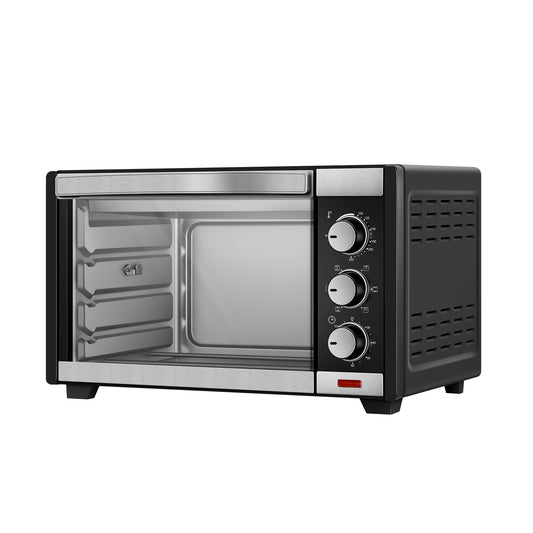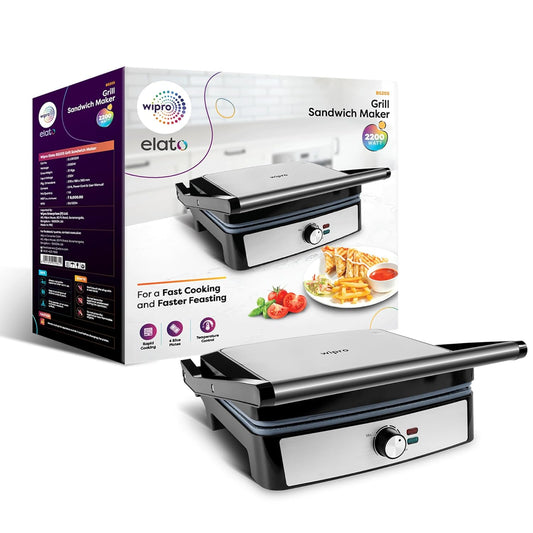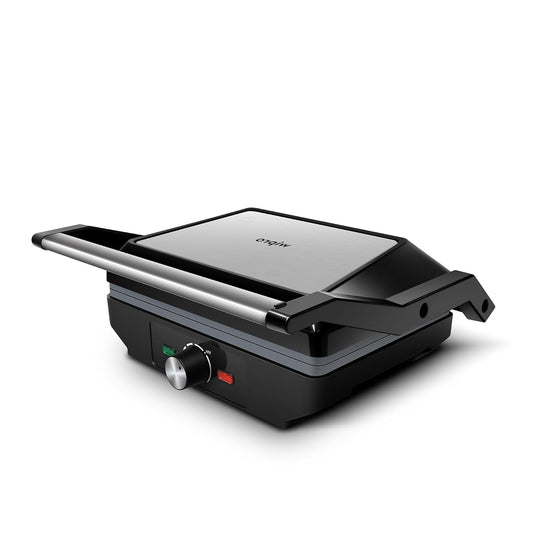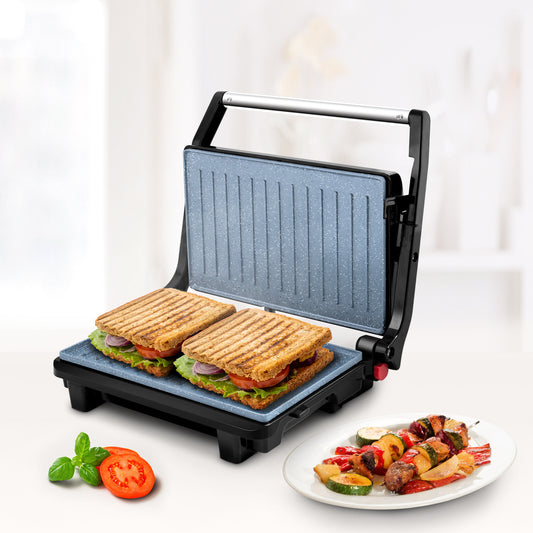In the world of kitchen appliances, choosing the right tool for your cooking needs can often seem like a daunting task. Particularly when it comes to baking, reheating, and grilling, the decision often boils down to two popular choices: Microwave Ovens and OTGs (Oven-Toaster-Grill). While both appliances have their merits, this guide will delve into the microwave oven vs OTG debate, highlighting why investing in an OTG may be a smarter choice for those who love to cook and bake. Let’s explore the difference between OTG and microwave to help you make an informed decision.
What is a Microwave Oven?
A microwave oven is a kitchen staple known for its convenience and speed. It uses microwave radiation to heat and cook food, which can be a great asset for quick meal prep such as reheating leftovers, cooking frozen food, or even making popcorn. However, when it comes to versatility, microwave ovens have limitations.
What is an OTG?
On the other hand, an OTG (Oven-Toaster-Griller) is a more versatile appliance that can bake, grill, and toast. It uses heating elements both at the top and bottom of the oven, allowing for even cooking and browning—a feature highly valued by baking enthusiasts. Whether it’s baking a cake, grilling a chicken, or toasting bread, an OTG handles these tasks with finesse.
Microwave Oven and OTG Difference: Cooking Technology
One of the fundamental differences between OTG and microwave ovens lies in their cooking technology. Microwaves use electromagnetic radiation to directly heat the water molecules in food, speeding up the cooking process. However, this often results in uneven cooking and can sometimes leave food soggy or rubbery.
In contrast, OTGs use traditional radiant heat to cook food, which means the food is cooked more evenly and often tastes better. This method allows for intricate cooking processes such as caramelizing, crisping, and browning, which are not possible with a microwave oven.
OTG and Microwave Oven Difference: Usability and Flexibility
When considering OTG and microwave oven difference in usability, OTGs offer greater flexibility for a variety of cooking methods. Microwave ovens, while excellent for reheating and quick cooking, fall short when you need to bake or achieve a crispy texture. OTGs come with settings that allow you to control the temperature and select which heating elements (top, bottom, or both) to use, giving you the ability to perfect your dishes.
Moreover, OTGs generally have larger capacities compared to microwave ovens, making them suitable for cooking larger meals—ideal for families or entertaining guests. This makes an OTG a more practical choice for those who enjoy hosting or have bigger households.
Cost-Effectiveness and Energy Efficiency
In the debate of microwave oven vs OTG, cost-effectiveness plays a crucial role. Initially, a microwave might seem like a cheaper option, but OTGs offer more value for money due to their multifunctionality. The cost of owning a separate toaster, grill, and oven can add up, whereas an OTG consolidates all these functions into one appliance.
Energy efficiency is another significant factor. Although microwaves are quick, OTGs can be more energy-efficient for cooking large meals or when used for prolonged baking sessions, as they maintain heat better and often require less electricity over time.
Microwave Oven vs. OTG: Longevity and Maintenance
The simplicity of design in OTGs not only makes them durable but also easier to maintain and repair. Microwave ovens, with their complex electronic components and magnetrons, can be costly to fix if something goes wrong. For someone looking for a long-term investment in their kitchen, an OTG’s longevity is a clear advantage.
Introducing Wipro Vesta CTG01 28 L Oven Toast Grill/OTG
The Wipro Vesta CTG01 28 L Oven Toast Grill (OTG) stands out in the microwave oven vs OTG debate with its comprehensive features tailored for versatile kitchen tasks. This OTG comes equipped with a Smart Cook function, which automates the cooking process for consistently perfect results in complex recipes. It’s rotisserie function provides an even roasting experience that is ideal for meats. Additionally, the convection feature in this OTG ensures uniform cooking, making it perfect for baking and roasting, addressing the typical difference between microwave oven and OTG in heat distribution.
With 6-stage heating options, the appliance offers unmatched control over various cooking methods including baking to grilling. The inclusion of heat-resistant tempered glass allows for safe monitoring of the cooking process without heat damage, and the 1600 watt power ensures that the OTG heats up quickly and maintains consistent temperatures efficiently.
This combination of features marks the Wipro Vesta CTG01 as a superior choice over traditional microwave ovens, providing enhanced cooking precision, versatility, and energy efficiency.
Conclusion: Go OTG
The choice between an OTG and a microwave oven ultimately depends on your cooking style and needs. If you value speed and convenience for simple meals, a microwave may suffice. However, for culinary enthusiasts who enjoy baking, grilling, and experimenting with a range of dishes, the versatility of an OTG is unmatched.
In summary, when considering the microwave oven vs OTG for your home, thinking about the difference between OTG and microwave in terms of flexibility, functionality, and investment returns shows that OTGs often come out on top. An OTG not only enhances your cooking capabilities but also offers a more satisfying and cost-effective culinary experience. Equip your kitchen with an OTG and embrace the joy of cooking with an appliance that meets your creative needs.































































































































































































































































































































































































































































































































